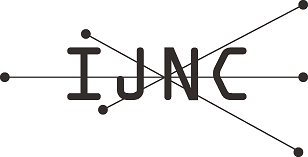A Study on Ad-hoc Network with BLE Advertisement
Abstract
In Japan, there is a high chance of getting damage from earthquakes, tsunamis, and typhoons, so we need to get information about where to evacuate quickly. However, in such situations, communication infrastructures such as base stations of 3G, LTE are broken. Even if they are available, many people try to access the Internet or make a phone call, network congestion occurs. As a result, their ways of communication are limited. Under such a situation, weak people at a disaster, who called CHECT (Children, Handicapped, Elderly people, Chronically ill, Tourists), usually receive a disadvantage. We have been developed a support system for hearing-impaired people in a disaster since 2007 because they are hard to get information because a lot of emergency information is delivered by sound. For them, information by vision is more suitable. Now, we are testing our disaster information delivery system in Miyagi-Prefectural School for the Deaf. The system is constructed by several LED displays and connected by the ad-hoc network. To install our system, we are now trying to use Bluetooth Low Energy (BLE) Advertisement. In this paper, we will explain the outline of our system and the result of the experiment of the performance of the ad-hoc network with BLE Advertisement. The performance includes the reachability of transmitted packets, the routability of the routing protocol we developed. As a result, we can conclude that BLE Advertisement based ad-hoc network is feasible to construct a disaster information system for hearing-impaired people.
Keywords
Full Text:
PDFRefbacks
- There are currently no refbacks.
